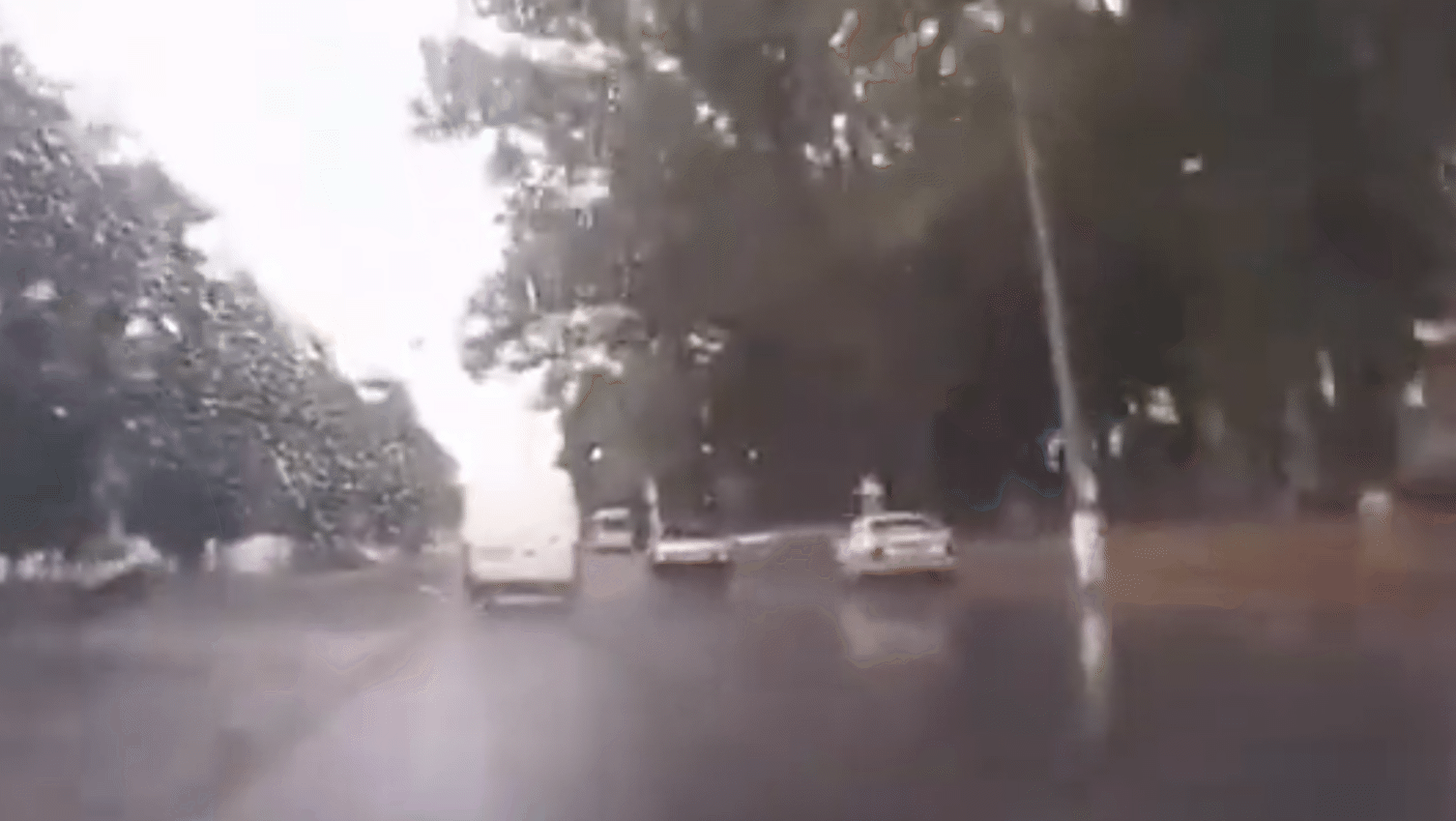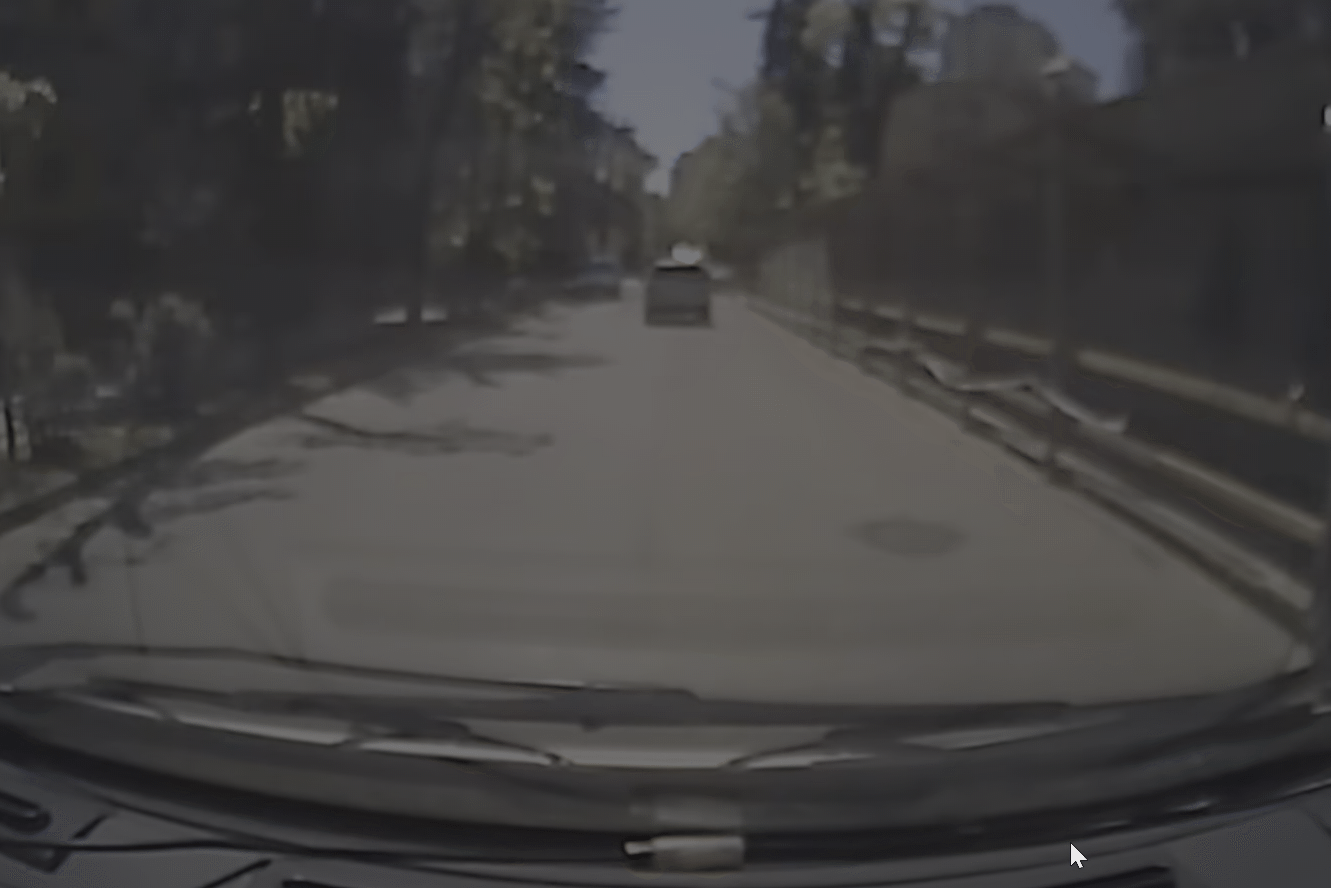AV statutes generally take action in several key areas. The laws authorize autonomous vehicles - commonly referred to as Level 4 or 5 Autonomous Driving System (ADS) – to travel on the roads of the state. They also contain several safety enhancing elements, such as a requirement that for an AV to be lawfully on the road the vehicle must be able to achieve what is called a “minimum risk condition,” a technology feature that allows the vehicle to safely take itself out of commission in the event of a problem. In addition, state AV statutes appropriately specify that an AV must be capable of complying with all applicable traffic and motor vehicle safety laws of the state. The laws require that proof of financial responsibility for the AV must be submitted to the appropriate state agency and that the vehicle must be properly registered and titled in the state.



/cdn.vox-cdn.com/uploads/chorus_asset/file/25425075/IMG_0859.jpeg)




